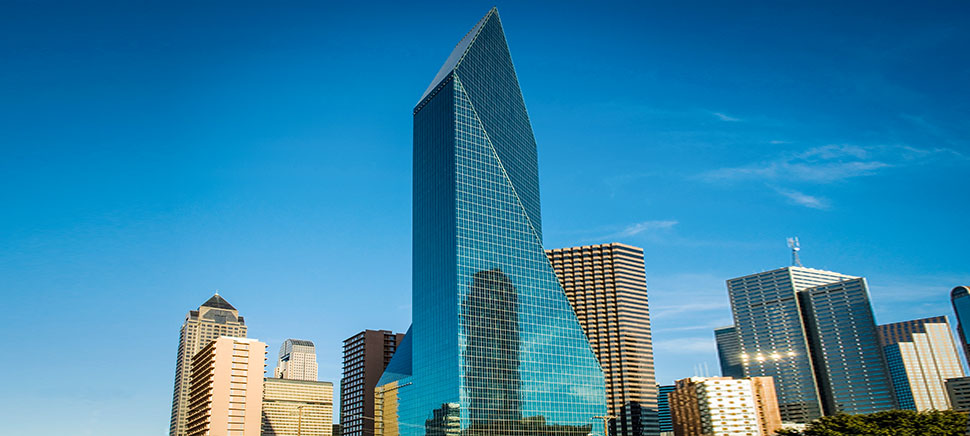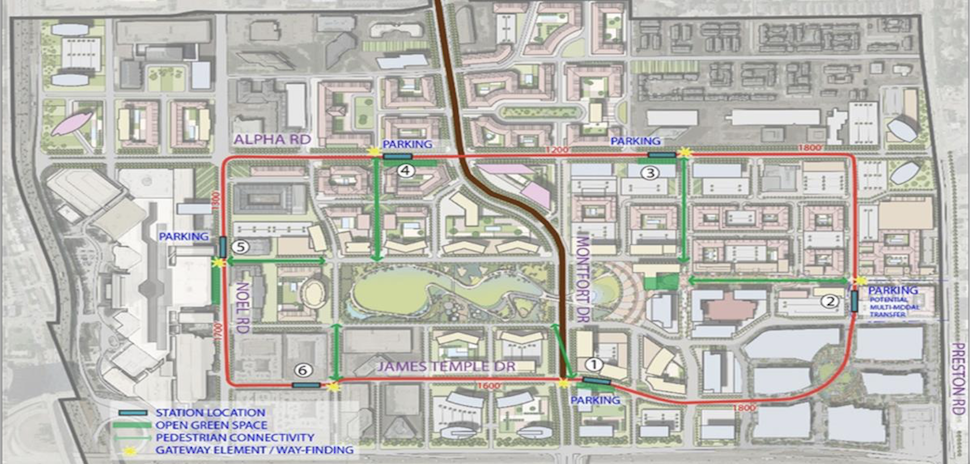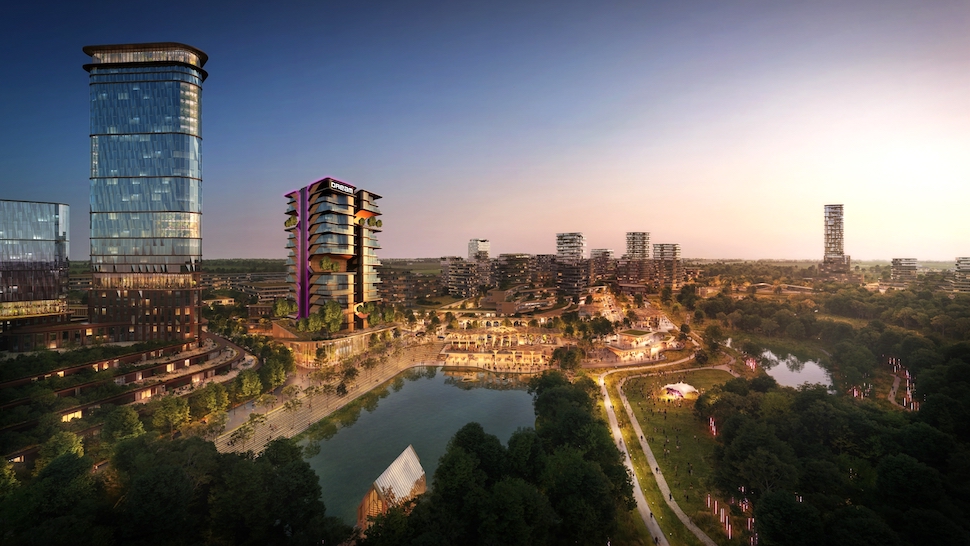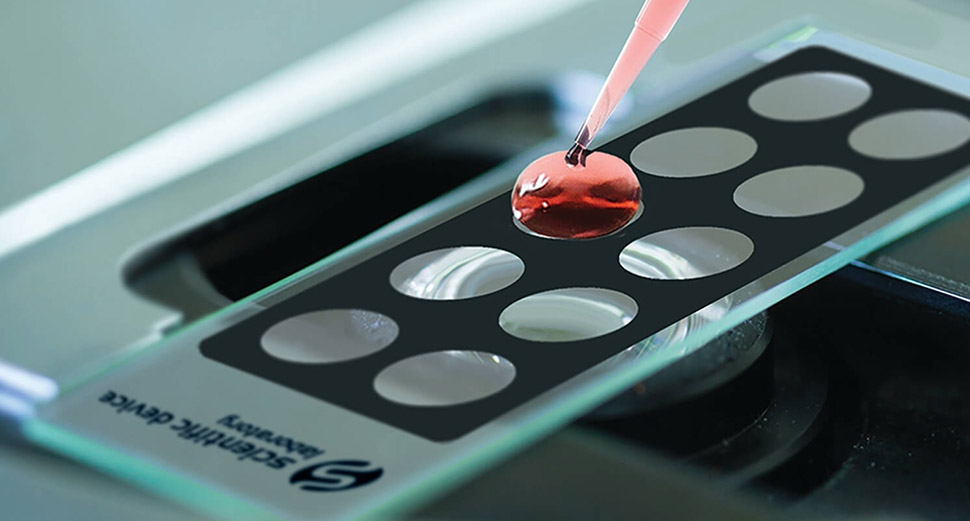GROUP SHOWS HOW UPGRADES CAN PAY FOR THEMSELVES
The iconic Fountain Place tower is the latest downtown landmark to join the Dallas 2030 District, a fairly new organization committed to sustainability and reducing energy costs.
The group launched one year ago and now boasts 20 buildings representing more than 16 million square feet in Dallas’ urban core. It’s part of a nationwide movement with 11 other cities.
The goal is to become a resource for building owners and building managers who want to make upgrades and renovations to their properties using environmentally friendly materials.
DALLAS 2030 DISTRICT HAS AN IN-DEPTH PROCESS
The challenge is to show that energy efficient upgrades can pay for themselves and make a difference in the bottom line while also helping the environment, said Salima Mooji, executive director of the Dallas 2030 District.
“Whether you do something small or something big, it turns into a big deal.” – Salima Mooji
“Whether you do something small or something big, it turns into a big deal,” Mooji said. “The environment wins, we save electricity and they’re also seeing something in their pocketbook.”
Dallas 2030 got a grant to hire interns who will conduct energy and water audits of the members’ buildings. It’s an in-depth process that looks at the age of the building, whether it has Leadership in Energy and Environmental Design (LEED) certification, or how many people work there.
“It’s audited and we’re able to go into their portfolio manager and benchmark it,” she said. “Everything’s confidential. We’re not here to shame anybody. We’re here to make Dallas a better place.”
The fix could be as simple as installing more energy efficient lights in the parking garage or parking lot. Putting in light sensors that shut off when people leave a room. Or installing new toilets.
DALLAS 2030 HELPS EDUCATE ON FINANCING METHODS
When a business decides to install solar panels or LED lighting, Dallas 2030 helps educate them about alternative financing methods.
One option is the Property Assessed Clean Energy (PACE) program, which allows taxing authorities to assess a lien on a property, at the homeowners’ request, to pay for the improvement. It’s a low-interest loan that stays with the property even if the building is sold. That relieves some of the anxiety of building owners who don’t want to continue paying debt for an improvement they no longer own.
“We’re adding one to two buildings per month. It’s really exciting to see how property managers are pushing this.” – Salima Mooji
Other members include the Federal Reserve Bank of Dallas building, Energy Plaza, Rosewood Court and the AT&T Plazas One-Four.
“I talk to buildings every day,” she said. “We’re adding one to two buildings per month. It’s really exciting to see how property managers are pushing this.”
Granite Properties, which owns buildings from downtown Dallas to Plano, joined the group last year, too.
“Part of Granite’s culture is to be responsible stewards of our environment,” Michele Martin, a property manager at Granite Properties. “This organization provides the support, tools, resources and the expertise of seasoned industry professionals to help us make our buildings the best that they can be.”
For a daily dose of what’s new and next in Dallas-Fort Worth innovation, subscribe to our Dallas Innovates e-newsletter.




































































